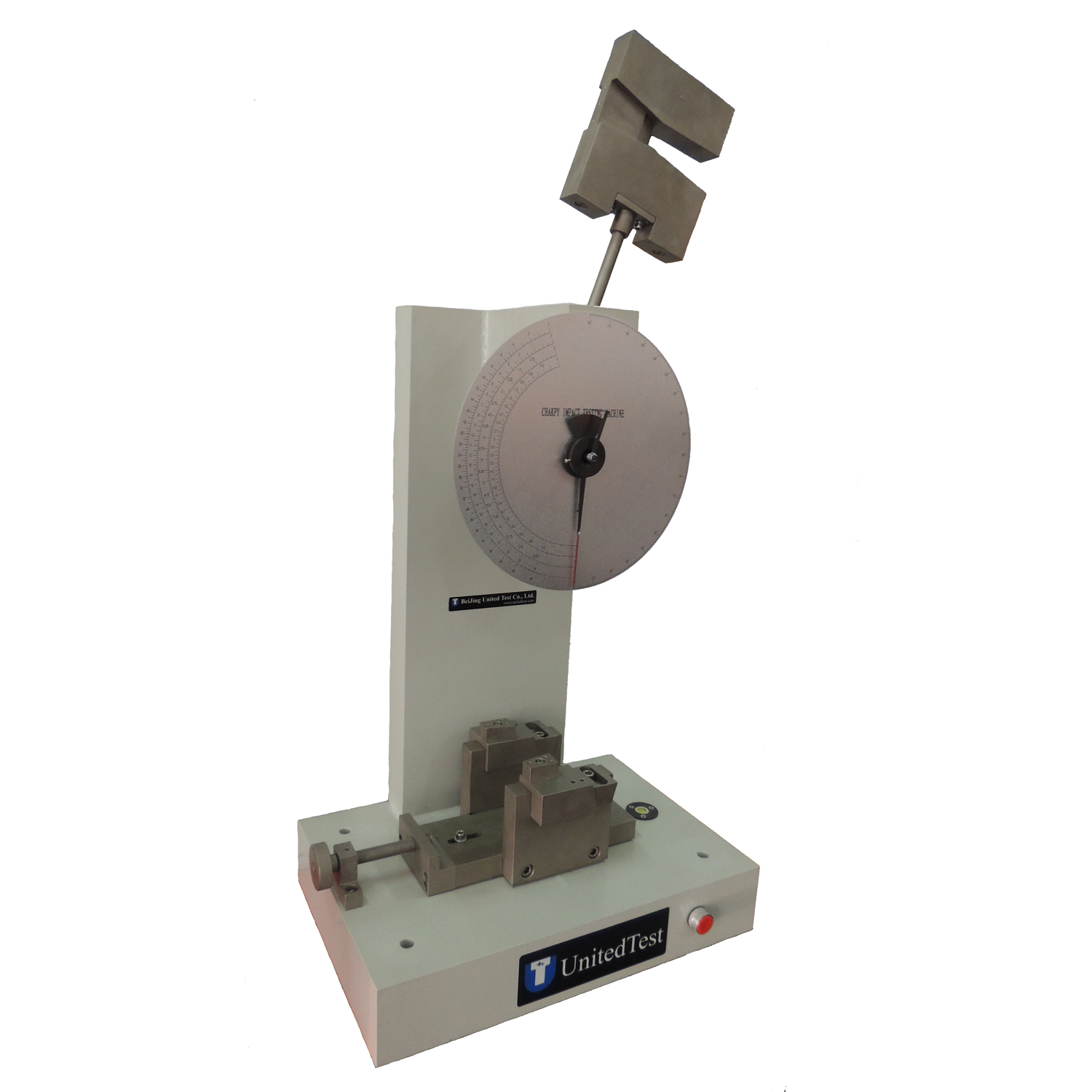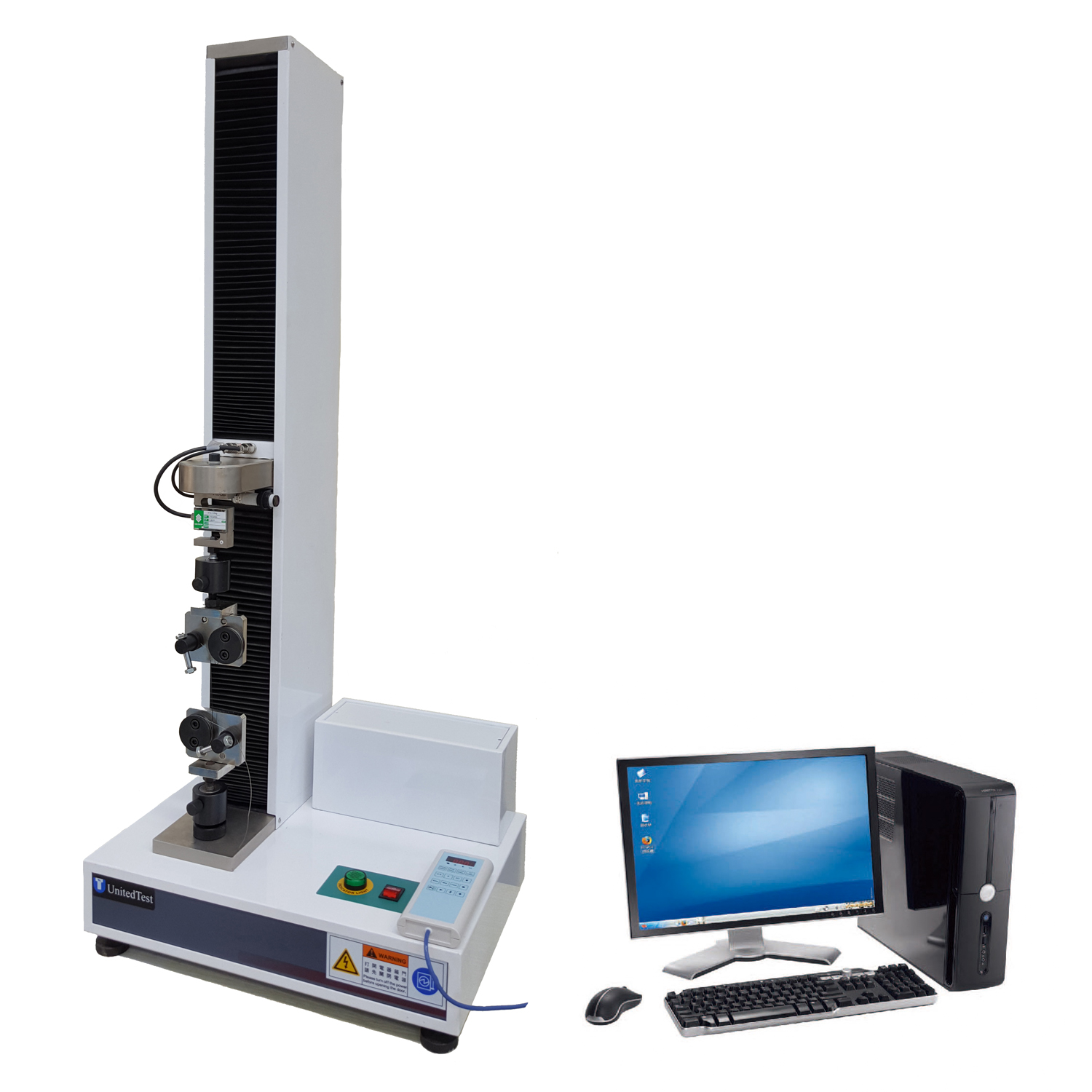ISO 14125 – Flexural Properties of Fiber-Reinforced Plastic Composites ISO 14125 is a test method to determine flexure properties of fiber-reinforced plastic composites.
There are two methods used, Method A for a three-point flexure test and Method B for a four-point flexure test.
There are four material classes, Class I – IV, which define the specimen length, span, width, and thickness.
The standard requires deflection measurement not exceed +/- 1% error of full scale.
ISO 14125 is based on the ISO 178 standard and both utilize three point flexural testing of a freely supported bar loaded between the supports.
ISO 14125 focuses on fibre reinforced plastic compositesand has an alternative 4-point loading testing procedure, Procedure B.
The material properties recorded by following the standard are the flexural stress, flexural strain, elastic modulus in flexure and interlaminar shear modulus.
Compression-testing machine which will comply with ISO 5893 and shall be capable of maintaining speeds of (0.5 +- 20 %) mm/min to (500 +- 10 %) mm/min.

ISO 14125 flex testing definitions
The ISO 14125 plastic flex testing standard includes a number of definitions to familiarize with, including:
Speed of testing: the rate of relative movement between the supports and the loading member(s), expressed in millimeters per minute (mm/min).
Flexural stress: the nominal stress in the outer surface of the test specimen at mid-span. Expressed in megapascals (MPa).
Flexural stress at break (rupture): the flexural stress at break (or rupture) of the test specimen. Expressed in megapascals (MPa).
Flexural strength: the flexural stress sustained by the test specimen at the maximum load for acceptable failure modes. Expressed in megapascals (MPa).
Deflection: the distance through which the top or bottom surface of the test specimen at mid-span has deflected during flexure from its original position. It’s expressed in millimeters (mm).
Deflection at break: the deflection at break of the test specimen. It’s expressed in millimeters (mm).
Deflection at flexural strength: the deflection at the load equal to the flexural strength. It’s expressed in millimeters (mm).
Flexural strain: the nominal fractional change in length of an element in the outer surface of the test specimen at midspan. It’s used for calculating the flexural modulus and is expressed as a dimensionless ratio.
TEST METHOD
Three- or four-point flexure testing of fibre-reinforced composites per ISO 14125 is done to determine the relevant property data for material screening or quality control.
The flexure test is performed by placing the specimen symmetrically on the support fixture that is mounted either to a servohydraulic or an electromechanical testing machine.
The load is applied to the specimen at mid-span for three-point and equally on both loading members for four-point testing until the specimen fractures or until it reaches a predetermined value of deformation.
The specimen deflection can be measured with a strain gage, extensometer or the load frame’s displacement transducer.
Properties that are measured include flexural strength, flexural modulus, and other aspects of the flexural stress/strain relationship.












